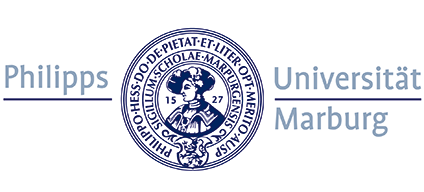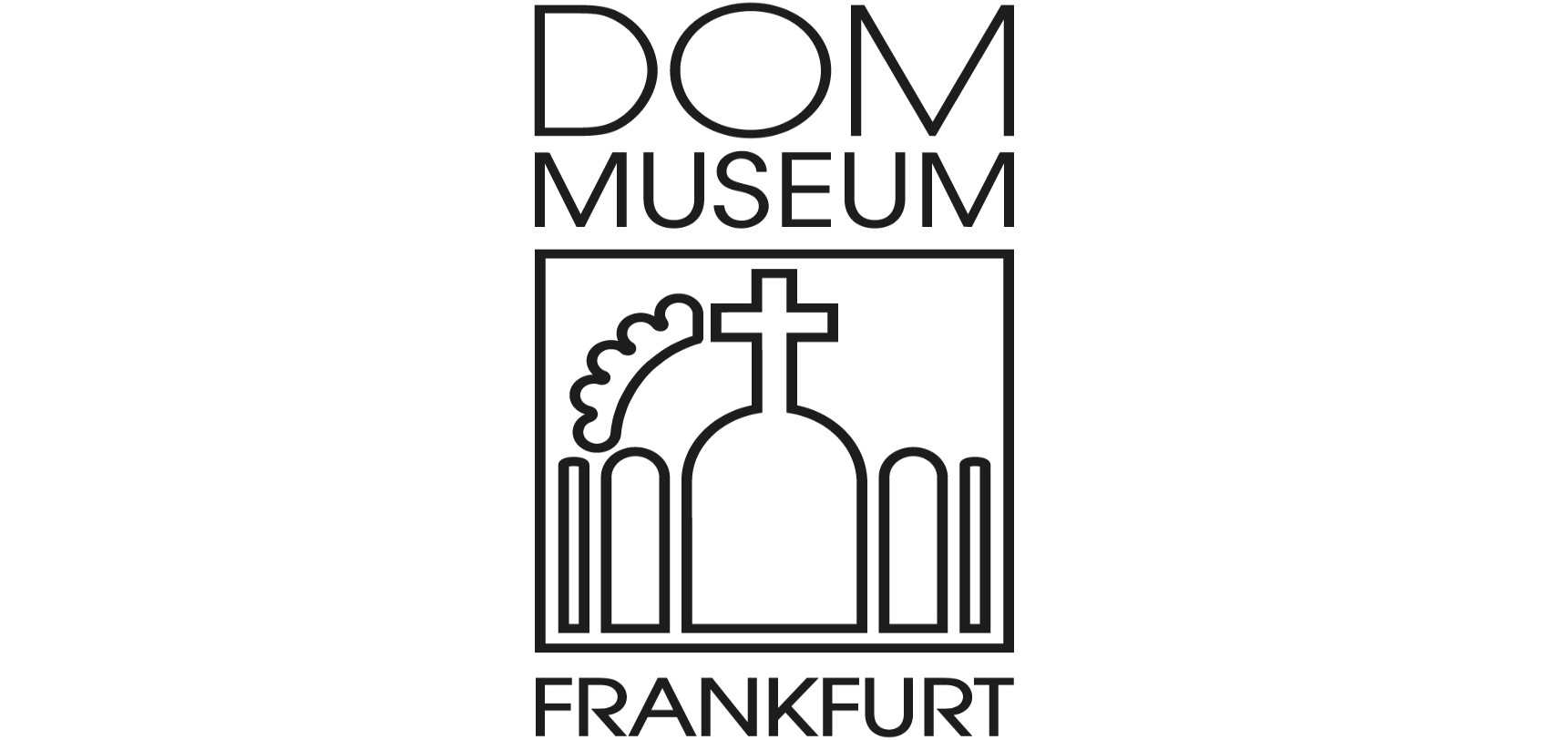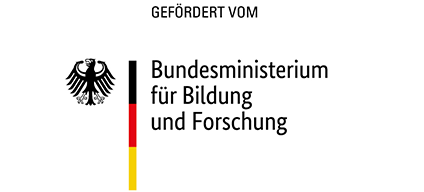Hauptinhalt
Panel I: Religion in Museums. Making the Invisible Visible?
Panel I discussion: 04/June/2021 9:30 am to 10:30 am, BigBlueButton
Elena Romashko (University of Göttingen)
Exhibiting Radioactivity: Presenting Post-Chernobyl Spirituality in Houses, Churches and Museums
This paper focuses on how religious artifacts are used to narrate the story of the Chernobyl nuclear explosion and the subsequent radioactive contamination. Using the framework of Material Religion I investigate the experiences of people facing post-Chernobyl contamination in Belarus and Ukraine. Through analysing the post-Chernobyl radiation as a nonhuman agent I am aiming to address the trans/formations it caused within the vernacular religion and local practices of commemoration. In this paper I analyse how different materials are used to represent radioactivity, as something that is imperceptible directly through the human sensorium and yet after the Chernobyl explosion became an integral part of the local environment. Moreover, radiation is able to alter and possess/inhabit other objects, spaces and bodies, which has often caused emic redefinition of it from a natural phenomenon into a supernatural one. In order to present the ways in which spirituality and radiation got interwoven, I focus here on three examples: how the refugees from the Chernobyl Alienation Zone address their memories of Chernobyl through religious items within their new homes, how Russian Orthodox and Greek Catholic Churches do it within their religious spaces and how Chernobyl museums present this process in their domain.
Prof. Dr. Peter J. Bräunlein (University of Göttingen)
Museum Rituals: Changing Perspectives on Religious Objects.
The Museum is an institution of preservation, a kind of treasury, and as such its character is rather static. In the course of a postcolonial self-questioning, the museum space opens itself to a ritualistic handling of objects. These are newly invented museum rituals, mainly in ethnographic collections, through which the static of the museum space is dissolved. Such rituals can be found, for example, in exhibitions that restage the sacred or in object repatriations. In such cases, the curatorial view of things is supplemented and sometimes questioned by the view of the members of the resource communities. The usual separation of etic constructions of curators and the emic perspective of religious representatives dissolves in the ritual context, at least temporarily. The question of what is a religious object is renegotiated here. In my contribution I will present some examples of museum rituals and analyze such new shifts in perspective.
Dr. Mirko Roth (University of Marburg)
Religious Objects in Museum-Based-Sensescapes: Signs, Media, Actors?
In my talk I introduce the concept Sensescape for museum-based environments: multi-dimensional arrangements of objects and object groups on/in display/s with media technology in space. Building on Sociomateriality (M. Roth), Wahrnehmungsräume (J. Mohn; H. Mohr), and informed by cognitive science and psychology of perception, this concept provides us with a holistic approach explaining perception and meaning making via multi-sensorial experience. In my lecture I am addressing the following questions: What are sensescapes and how do they function – both in general and in museums? And what role do religious objects play therein: signs, things, media, actors?
Dr. Dagmar Schweitzer de Palacios (University of Marburg)
The Dynamics of Meaning – the Aché Ritual Combat Club „tõ-mombú“ and the Interpretation of Ritual Objects
Occasionally the complex meaning of objects in ethnographic collections is hidden behind an unpretentious outward appearance as in case of the „tõ-mombú“, a ritual combat club of the Aché, a formerly nomadic ethnic group in Paraguay. At first glance a simple, rudder-shaped wooden stick, a closer view of the object reveals several social, religious, and political meanings that depend on the cultural context. The object as an object of the museum collection is subjected to academic classification and interpretation, which can change over time and be ordered into different perspectives. The characteristics and the complexity of the object however, are not easily categorizable, as I want to present in the following contribution. For, besides the cultural and ritual contextualization, there are other aspects such as the biography of the object and connected dynamics, which contribute to its meaning.



